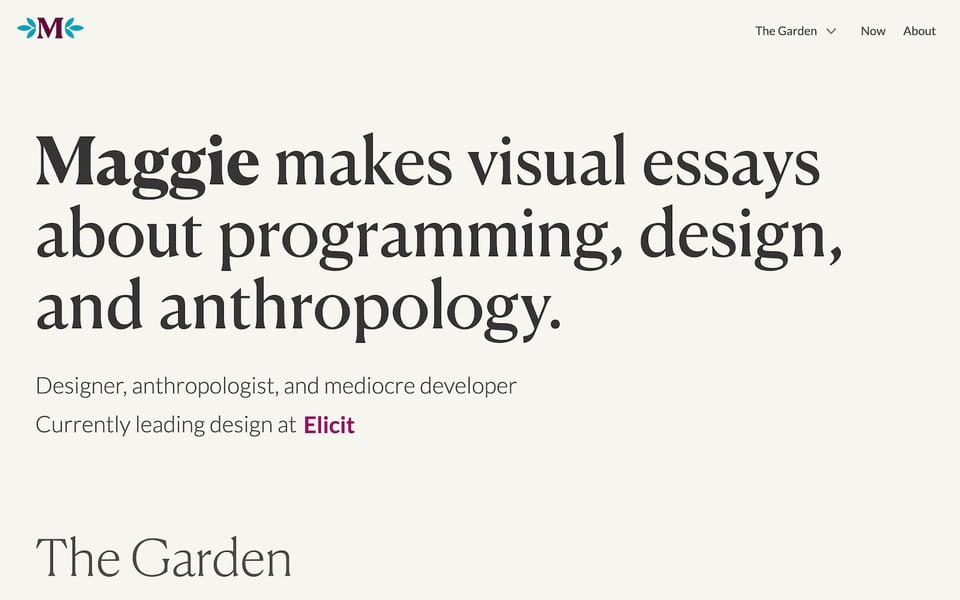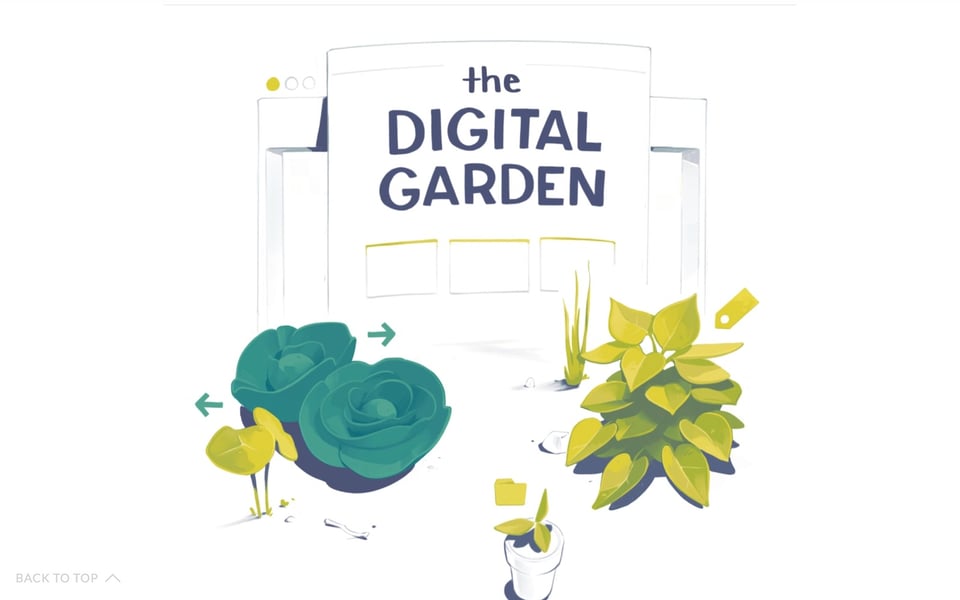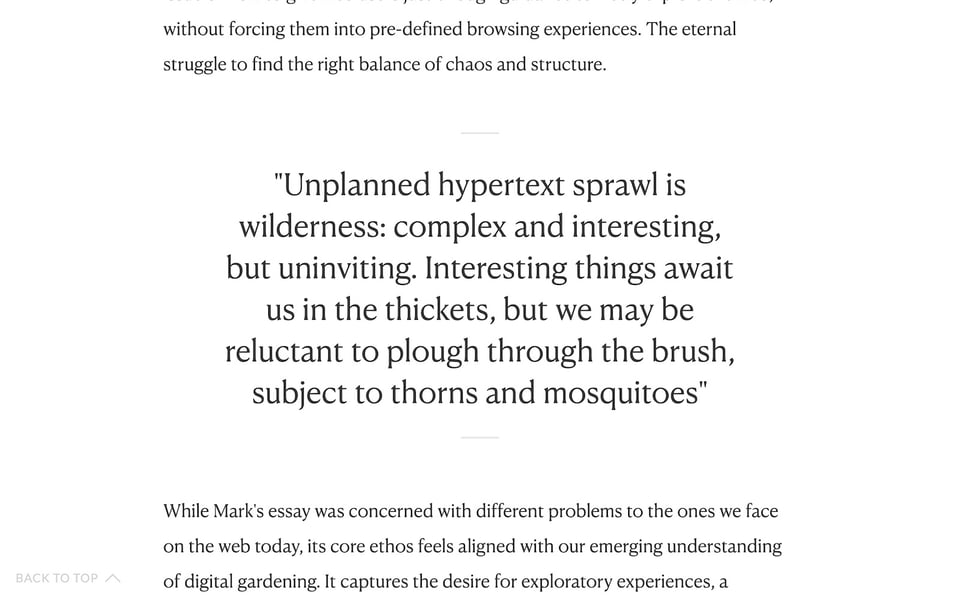Hi All! 🤗
There are many pages you can add to your personal site that people can visit if they want to learn more about you. A “contact” page or an “about” page are two classics that you’ll find on many sites out there. But what if someone doesn’t want to read your bio, your scope of activities, or a list of your accolades? What if that person would rather like to know what you are doing and thinking about right now? What if they would love to read about what excites you like nothing else and where your priorities lie at this very moment? Did you just start working on a fascinating new project? Did you move to a new town? Or are you trying to learn how to juggle or play the mandolin?
Almost nine years ago, musician, speaker, entrepreneur, author, and former circus clown Derek Sivers asked himself this exact same question and came up with an answer: he added a page to his website that contained information about what he was doing right now. He published the page under the URL path /now and called it his “now page”.
As it turned out, people really liked that idea! Within just a few weeks, more and more people started adding /now pages to their own personal websites. Over time, the idea gained so much momentum that one could confidently call it a movement and it warranted its own website showcasing all the /now pages people from all around the world were adding to their sites. This website, nownownow.com, now has well over 2300 entries.
Here are a few examples of how /now pages can look like:
Derek Sivers: https://sive.rs/now
Clara Le: https://clarale.com/now/
Alvin Bryan: https://alvin.codes/now
André Jaenisch: https://jaenis.ch/en/now/
Austin Saylor: https://www.austinsaylor.com/now
Ana Rodrigues: https://ohhelloana.blog/now/
Randy Hunt: https://www.randyjhunt.com/now
Frank Meeuwsen: https://frankmeeuwsen.com/now/
Dan Sinker: https://dansinker.com/now/
And here’s mine: https://matthiasott.com/now
For Derek, his /now page is not only a way to describe what he’s focused on but also a nice reminder for himself whenever he’s feeling unfocused. It’s “a public declaration of priorities.” And it also helps him say no:
When I decline invitations, I point them to that page to let them know it’s not personal.
If you want to join the club and add a /now page to your own site as well, there are really no complicated rules to follow. Just add a new page to your site, give it a slug of /now, write about what you are doing at the moment in any form you like, and hit publish.
One last thing though: as you can imagine, many people – myself included – added a /now page to their site but then missed to update it regularly. Of course, it is completely up to you how often you update it, but a /now page that doesn’t reflect the now anymore at all is kind of missing the point, right? So either make updating your /now page a weekly or monthly habit, or think about ways to make it easier to update it. You could, for example, (partially) automate the process and pull in data from APIs about books or music you’re enjoying at the moment. Or, you could create a new post category for your updates that then show up on your now page – and, as Miriam suggested, even push outdated posts into a /then archive. Whatever you decide to do with your /now page, your site is your playground. So make it yours. Now.
Links
Here’s another mixed bag of links. Please let me know how you like them! And if you can think of someone who would enjoy reading this newsletter today, feel free to forward along.
Why I’m Ready to Party Like It’s 1999…Again
In 1996, Jared White started a blog about software and internet technology. After it went on hiatus for about 25 years, The Internet Review is now back (with a design that rhymes). In this post, Jared reflects on his own blogging journey and why he’s optimistic the internet is healing.
There’s a better Internet out there. We just need to build it. Again.

Why I’m Ready to Party Like It’s 1999…Again | The Internet Review
Never have I ever seen so many parallels between the early days of the Internet and today. History is repeating itself.
The creator economy trap: why building on someone else's platform is a dead end
Joan Westenberg is right: building your career as a “creator” on someone else’s platform means giving up a lot of control and you are ultimately limited by the tools, features, and monetization options that the platform provides. The solution? Build your own platform.

The creator economy trap: why building on someone else's platform is a dead end — Joan Westenberg
The creator economy is a dead end for most creators. Why? The creator economy is built on third party foundations. When we talk about the "creator economy" we're talking about writers, podcasters, artists who build careers on TikTok, Instagram, Patreon, Stitcher, YouTube - pick the platf
Front-end development’s identity crisis
A passionate post by Elly Loel about the current state of front-end work and how it has been devalued by the reign of React and companies believing that full-stack developers can do it all. Eventually, as Elly concludes, she’s a “web designer”, because she’s designing for and with the infinitely flexible web, “using the web platform (HTML, CSS, JS, ARIA, etc.), not a bloated harmful abstraction.”
Front-end development’s identity crisis - Elly Loel
I’m not a “[full-stack] developer”, regardless of what my last job title says
An Interactive Guide to CSS Container Queries
Aaand Ahmad Shadeed did it again. This time, he published one of his amazing deep-dives full of interactive examples on his site about a recent addition to the web platform that will change how we write a lot of our CSS to create flexible layouts and components: container queries.
👉 https://ishadeed.com/article/css-container-query-guide
What You Need to Know about Modern CSS (Spring 2024 Edition)
In this post on the Frontend Masters blog, Chris Coyier – in old CSS-Tricks manner – provides a list of the most amazing new additions to CSS. And do you know where you can try out a lot of those features today? On your own site!

What You Need to Know about Modern CSS (Spring 2024 Edition) – Frontend Masters Boost
My goal with this bookmarkable guide is to provide a list of (frankly: incredible) new additions to CSS lately. There is no hardline criteria for this list other than that these things are all fair…
🪴 Personal Site of the Week 🌱 Maggie Appleton == https://maggieappleton.com
Maggie Appleton is a designer, anthropologist, and developer who is currently leading design at Elicit. On her site, which combines beautiful typography with distinct illustrations, Maggie creates visual essays, notes, and ideas that grow slowly over time. It’s her digital garden.
Independently owning your garden helps you plan for long-term change. You should think about how you want your space to grow over the next few decades, not just the next few months.




And that’s it for today. How did you like this issue? Which one of the links was your favorite? What do you want more or less of? Do you have any other suggestions on how to improve this newsletter? Hit reply now and let me know.
Cheers! ☀️
– Matthias
